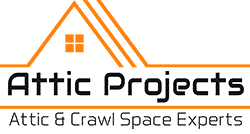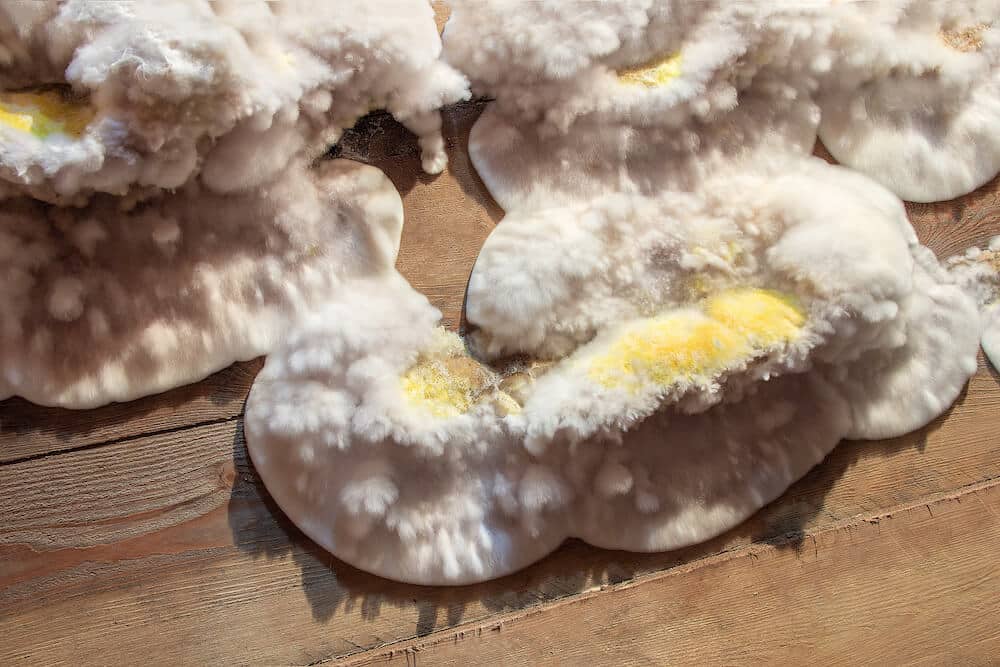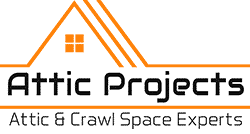Mold needs moisture and organic matter to grow. Although your property might not have a roof or plumbing leak, high humidity levels still carry enough moisture to promote mold growth. Knowing how to address these environmental conditions will help you take effective mold prevention action.
Know What Factors Contribute to Moisture Exposure
Several factors contribute to moisture problems and the growth of mold. Since mold needs moisture and organic substances for nourishment, it forms easily on wood and other porous surfaces. While moisture can accumulate on concrete, mold is less likely to thrive on that surface.
The purpose and use of the structure can also contribute to the presence of moisture. For example, a historical building that rarely receives visitors may stay sealed for longer periods. If an HVAC system or a dehumidifier isn’t consistently used to keep humidity lower, moisture will quickly become a problem.
Other factors that contribute to moisture problems in and around historical buildings include
- High moisture content in the soil
- Nearby rivers, creeks, and other waterways
- Poor water drainage
- Heavy rainfall, snow, humidity, and similar environmental dangers
- Poor air filtration
- Nearby landscaping features, such as overhanging trees, contribute to dampness
When external weather conditions pose a problem, you’ll have to take steps to prevent the moisture from getting inside the building. Good ventilation will be effective in drying the moisture or dampness that does affect the interior of the structure.
Spot the Early Signs of Moisture Damage
Even when moisture does get into historical property spaces, there are still many mold prevention steps you can take. Your ability to recognize the early signs of moisture exposure will help you take quicker action. When the region experiences a rainy or snowy season, frequent property inspections may be necessary.
The most obvious signs of a moisture problem include puddles and pooling water. You might also see damp walls or water stains on ceilings. Even if the moisture is a recent development, you should keep an eye out for mold, mildew, and fungus. Efflorescence, which is a white and chalky residue, is another sign of moisture problems.
Moisture will adversely affect building materials. Wood might become soft or show visible signs of rotting. The underside of roll and batt insulation might feel wet or look black. Metal surfaces corrode or rust under these conditions. Mortar and masonry will erode or chip away due to moisture exposure.
A visual inspection of the property’s exterior will alert you to a problem. Watch for ice dams on the roof or icicles hanging from the gutters. Roof inspections will help you identify leaks sooner. Be wary of condensation forming on the inside surfaces of the windows since that will suggest condensation problems in other areas.
Take Action for Mold Prevention and Treatment
There are three steps or phases involved in mold prevention and treatment. Reviewing these phases can help you avoid moisture and mold problems and learn how to treat a problem as soon as it develops.
Phase I: Protecting Historical Properties
This phase involves taking basic steps to keep moisture out of the property. As previously mentioned, frequent roof inspections are essential. Repair roofing problems as soon as you find them. Keep nearby trees trimmed, and have the gutters cleaned at least twice yearly.
Check the soil grading around the property. Make sure you fill dips or low spots near the building’s foundation. Move shrubbery, plants, and other foliage away from the building so branches and leaves don’t rub against the structure’s exterior.
Repair interior water damage right away by replacing drywall or repointing masonry. Use medium-bristle brushes to scrub efflorescence off of concrete surfaces. Paint and seal restored surfaces.
An inspection of your property’s windows will help you discover air leaks. Feel for temperature changes around window and door frames. You can seal leaks with caulk, epoxy, or weatherstripping. If the building has a crawl space, inspect it for insect infestations, humidity, and moisture. Improving the ventilation, sealing the space, and using pest control services will help you maintain better control over the condition of the crawl space.
Check the plumbing for leaks. Replace old or corroded plumbing to prevent future leaks. Pipe insulation will prevent freezing and help you reduce the risk of a burst plumbing pipe.
Phase II: Repairing Damaged or Faulty Barriers
Moisture protection and mold prevention include addressing problems as they arise. Adding a protective membrane will solve the issue if the property’s roof frequently forms ice dams. Regularly inspect your gutters, repairing damaged sections. Extend downspouts as needed. Ventilated chimney caps keep rainwater from entering.
Keep the exterior siding in good condition. Make timely repairs to masonry, stucco, and stone surfaces. Replace siding that has started to rot, bubble, or loosen. Install covers over window wells to avoid flooding.
Keep an eye on the soil grade since it can erode over time. You may have to modify the grade repeatedly or find permanent solutions that will keep low spots from forming. If there’s a crawl space beneath the property, installing a vapor barrier will aid your mold prevention efforts.
Use mechanical devices, such as sump pumps, to remove moisture from the basement. Exhaust fans will keep humidity levels in the attic lower. Dehumidifiers will help treat crawl spaces, basements, and other problem areas.
Phase III: Treating Chronically Damp Conditions
At certain times of the year, you might notice that an attic, crawl space, or another area is especially problematic. Chronic dampness or humidity can put your mold prevention efforts at risk.
Knowing which parts of the property suffer from chronic moisture or humidity will help you take long-term steps. This might involve using dehumidifiers consistently throughout the season. You might also need to install more vents for proper air circulation. Small fans can help you treat minor yet consistent moisture problems.
Other effective measures include the use of vapor barriers on walls or the installation of replacement windows. Make sure all areas where moisture exposure is a problem stay protected.
We’ll Keep Your Attic Space Free From Mold
Mold is especially common in attic spaces, but Attic Projects offers services you can use to keep these risks low. We’ll keep your property’s attic cool and dry, so you won’t have to worry about the unpleasant odors, the spread of illness, or the material rot that mold causes. Contact us today to learn about our mold prevention services.




